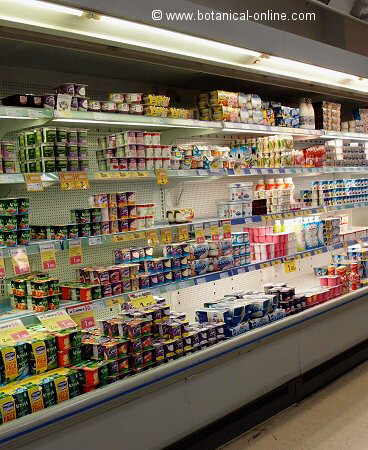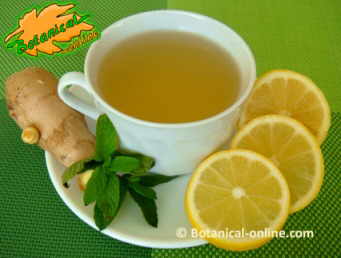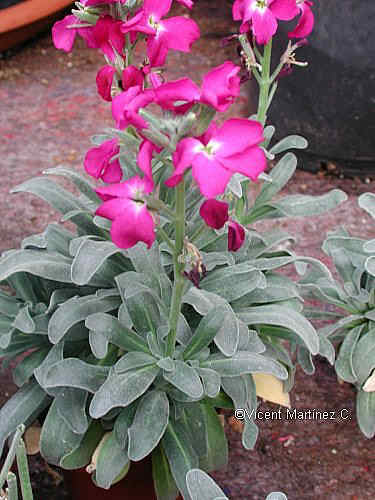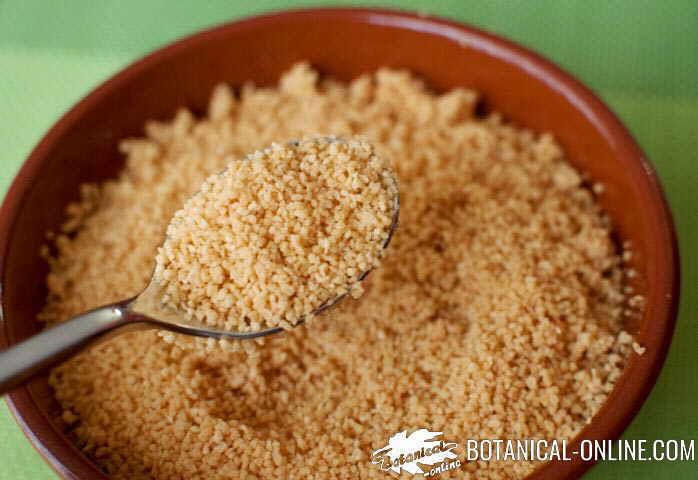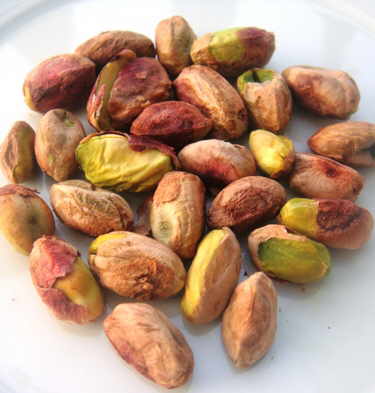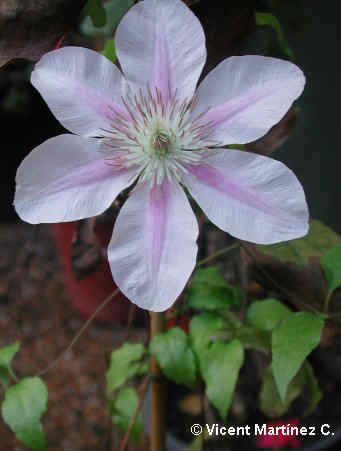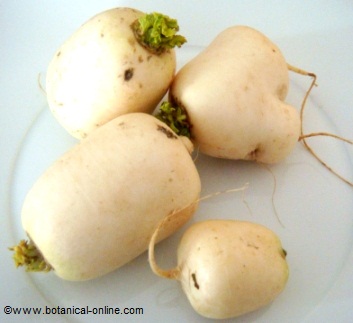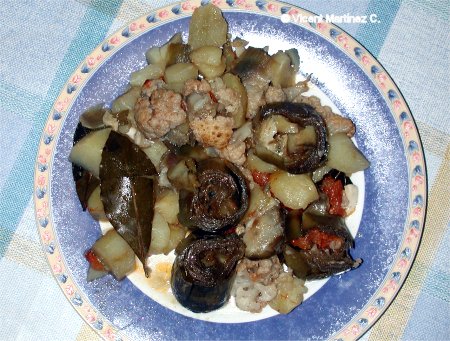Contents
What is a guava?
Characteristics of guava (Psidium guajava)
English common name: guava.
| ||||||||||||||||||||||||||
Scientific name: Psidium guajava L.
Other taxonomic designations:
– Guaiava pyriformis Gaertn.
– Myrtus guajava (L.) Kuntze.
Family: Myrtaceae
Origin: Native plant in Mesoamerica and tropical America.
Habitat: found wild in tropical America. It grows at altitudes from 0 to 1,500. above the sea level. It can be found in other tropical and subtropical areas of the world due to natural dispersal by birds and humans. It has become naturalized in many Pacific islands and tropical or subtropical areas where there is no frost.
Distribution: Where to find guava plants?
South Florida, Mexico, Central America, Cuba, Puerto Rico, Guatemala, Brazil, Peru, Caribbean, Hawaii, Caribbean.
The Spanish colonizers exported it outside the Americas.
It came to Asia in 1526, and currently it is an important crop in India and China. U.S.
It has been spread in California, Egypt, Philippines, Papua New Guinea, Australia, New Zealand, Malaysia, Fiji, and also in South Africa.
Characteristics of guava tree
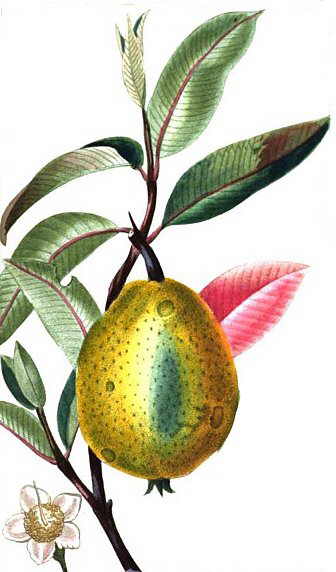
Guava drawing, with the fruit, leaves and a flower
Guava (Psidium guajava) is an evergreen fruit tree, between 3 and 6m up. (Up to 10m.). In non-tropical climates, guava is a deciduous tree.
The guava fruit thereof, is surely one of the best known Myrtaceae fruits. They belong to the same family of allspice (Pimenta dioica), which is used in food as a type of pepper, eucalyptus, cloves or guarapurú or jaboticaba (Myrciaria cauliflora) that produces the fruit ibapurú.
The stem is thick, usually inclined and branched into several branches, drawing an open crown, irregular, with dense quadrangular twigs. It has a thin bark, cream colored with pink spots, which is easily removed in long strips.
The leaves are simple, with short petioles, oblong or elliptical, 3 to 16cm. long by 3-6 wide, bright green. Limbo bright pubescent undersides of leaves with prominent veins. The leaves have entire margins, oil-bearing glands that release a pleasant fragrance. This is a common feature in all plants of the Myrtaceae family.
The inflorescences are cymes, or sometimes solitary flowers (1 to 3 flowers) that grow in the leaf axils.
The flowers are large, stalked (1-2cm.), actinomorphic, showy, with white petals, giving off a pleasant smell. They are hermaphrodites, possessing numerous stamens and one pistil. The flowers are pollinated by insects such as bees, which feed on nectar, so it is a honey plant.
This tropical tree is in bloom throughout the year. In subtropical climates, it blooms from March to September.
The fruits are globose berries, sometimes ovoid, measuring between 4-15 cm. long by 4-8 cm. in diameter. Calyx persistent at the apex. Fruits are aromatic, bittersweet, and the pulp is viscous.
Inside they contain numerous seeds, tiny, yellowish 3 to 5 mm. long. The fruit is dispersed by animals following ingestion and excretion, birds, turtles, pigs, rats, monkeys, cattle, etc..
It is a long-lived tree, that can live between 30 and 50 years, although is no longer productive when older that 15.
Used parts of guava plant
- Fruit: It is also known as guava. It is nutritionally important for being a fruit rich in vitamin C and carotene. White Guavas contain more vitamin C than pink. AS food, it is consumed fresh, whole, in juices or shakes. You can also eat it cooked, in which case it has a milder flavor, in jams, preserves, jellies, syrups, cakes, etc..* More information of guava food.
- Leaves: They produce a black dye used for dyeing silk and cotton.
- Wood: It is reddish yellow, being used to make handicrafts and turnery (handles, cutlery, combs, etc..). It can also be used for firewood and charcoal. The bark is used for tanning leather, because of its high tannin content (1030% in cortex).
- Medicinal: Guava roots, leaves and fruits are used medicinally since antiquity. Mainly for its astringent tannin content. The roots and leaves are used to treat dysentery and diarrhea. The fruits are rich in vitamins.
* More information about the medicinal properties of guava.
Guava composition
* For the Nutritional Value of Guava (fruit), see.
- Carbohydrates: arabinose, glucose, xylose
- Fat
- Proteins: contains the amino acids alanine, glutamic acid, leucine, methionine, phenylalanine and histidine.
- Fiber: pectin
- Vitamins: Vitamin C, pantothenic acid
- Ascorbigen: antioxidant classified within indoles, common in cruciferous vegetables, such as broccoli, used to treat cancer and fibromyalgia.
- Carotene: mainly xanthophylls and carotenoids.
- Minerals: potassium, calcium, copper, magnesium, manganese, phosphorus, zinc
- Oxalates
- Tannins
- Flavonoids: kaempferol, quercetin, amritoside, leucoanthocyanins
- Organic acids: ursolic acid, citric acid, galacturonic acid, ellagic acid (bark and fruit), gallic acid.
- Aromatic components: the guava fruit is rich in aromatic compounds, rare in other fruits. These substances have antioxidant and antiseptic properties, among others. It contains ajunolic acid (triterpene, greater content in root), alpha and betahumulene, alphaselinene, aromadendrene, betabisabolene, betacaryophyllene, betapinene, betaionone (anticaries and antibacterial), citral, deltacadinene, limonene, nerolidiol.
- Phytosterols: Betasitosterol
| Composition of guava plant per 100 g. | |
| Nutrient | Amount |
| Calories (Kcal.) | 51 |
| Carbohydrates (g.) | 11,88 |
| Proteins (g.) | 0,82 |
| Fat (g.) | 0,60 |
| Fiber (g.) | 5,4 |
| Vitamin C (mg.) | 183,50 |
| Vitamin B1 or Thiamin (mg.) | 0,05 |
| Vitamin B2 or riboflavin (mg.) | 0,05 |
| Vitamin B3 or niacin (mg.) | 1,20 |
| Pantothenic acid (mg.) | 0,15 |
| Vitamin B6 or pyridoxine (mg.) | 0,14 |
| Folate (mcg.) | 14 |
| Calcium (mg.) | 20 |
| Magnesium (mg.) | 10 |
| Phosphorus (mg.) | 25 |
| Sodium (mg.) | 3 |
| Potassium (mg.) | 284 |
| Iron (mg.) | 0,31 |
| Zinc (mg.) | 0,23 |
| Copper (mg.) | 0,10 |
| Selenium (mcg.) | 0,60 |
| Water (g.) | 86,10 |
![]() More information on guava.
More information on guava.

